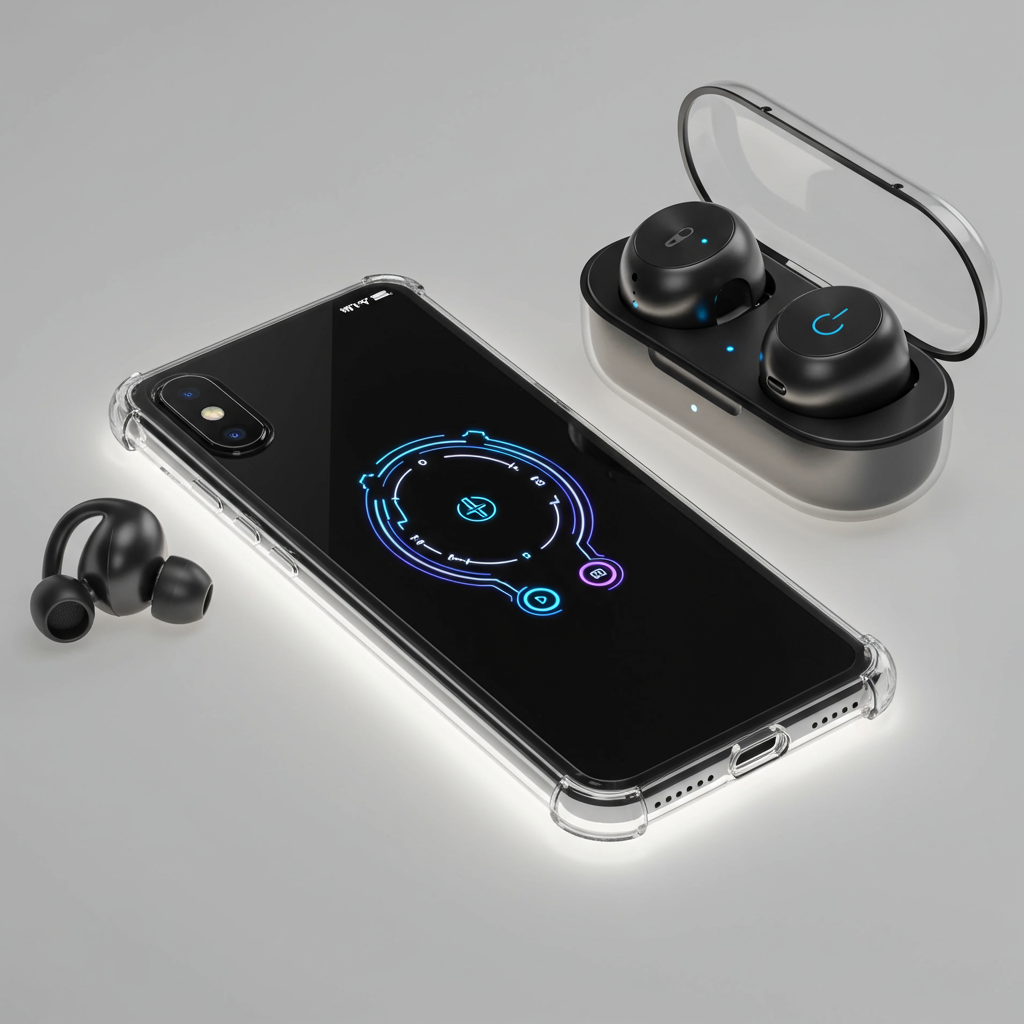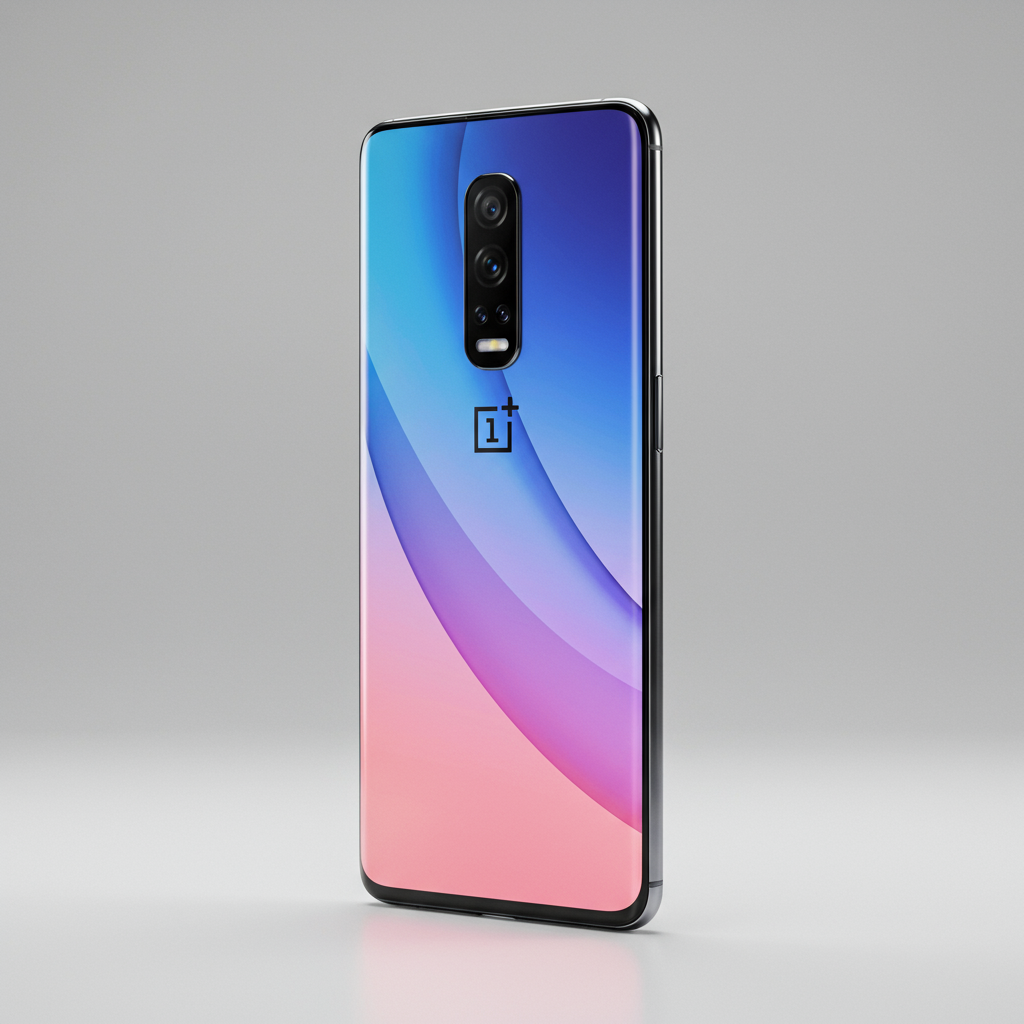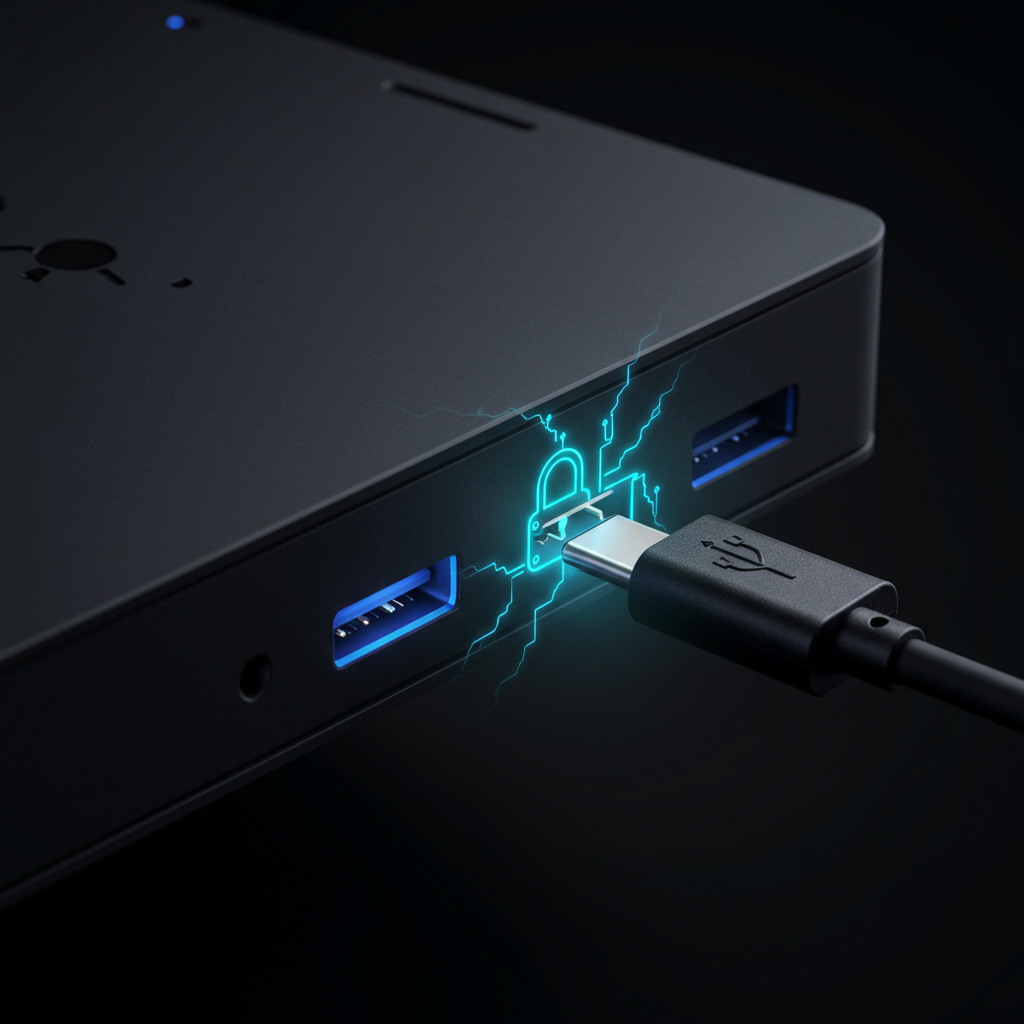UK-based tech innovator nothing is once again challenging the status quo with the unveiling of its latest products: the phone (3) and Headphone (1). Known for its distinct transparent aesthetic and focus on user interaction, Nothing aims to disrupt stagnant markets. Announced with striking designs, innovative features like an evolved Glyph Matrix display and AI tools, and aggressive pricing, these devices seek to lead the future of how we engage with technology.
Nothing Shakes Up Tech design Again
Nothing, founded in 2021 by Carl Pei, has quickly made a name for itself with a clear mission: to make tech exciting again. Despite holding a relatively small 0.2 percent market share in smartphones, the company has generated over $1 billion in revenue, demonstrating its impact. Pei emphasizes Nothing’s ambition to shift from being a follower to a leader in the tech landscape, exploring new ways people interact with their devices. This philosophy extends across their product lines, from earbuds to smartphones.
The Design Philosophy: Bold and Different
Nothing’s products share a common visual language that sets them apart. Their industrial-chic aesthetic frequently incorporates transparent elements, offering a glimpse into the device’s inner workings. This design choice is deliberate, aiming to create gadgets that are not just functional but also visually intriguing and tactile. They are designed to turn heads and spark conversations.
Phone (3): Evolution of the Glyph, Packed with AI
Breaking away from the typical annual release cycle, Nothing took a “gap year” with its flagship smartphone lineup. This allowed more time for design refinement, resulting in the Nothing Phone (3) launching only when ready, announced on July 1, 2025. This slower cadence for flagship phones is expected to continue, while A-series models will likely maintain a yearly tempo. The Phone (3), starting at $799 for the 256 GB model, is available for preorder July 4 and goes on sale July 15.
The Revolutionary Glyph Matrix
The standout visual feature of Nothing phones has always been the rear Glyph LEDs. On the Phone (3), this evolves into the Glyph Matrix, a more sophisticated display system. What began as simple notification lights and timers can now perform a wider range of functions, acting more like a true display.
The Glyph Matrix enables interactive “Glyph Toys.” Users can see a pixelated preview for rear-camera selfies, play games like spin-the-bottle or rock-paper-scissors, or even use a Magic 8 Ball by shaking the phone. A new touch-sensitive circle on the back allows users to cycle through these modes without needing to flip to the main screen settings. Nothing has even released a software developer kit, inviting creators to develop their own Glyph Matrix experiences.
Design Beyond the Lights
The Phone (3) features a unique grid design on its back, providing a subtle visual cue of the flexible printed circuit boards beneath. The triple rear camera system is arranged horizontally along the top of this grid, deviating from the common circular or rectangular camera bumps seen on most smartphones today. A small red square accent, first seen on the Phone (2a), now lights up to serve as a clear recording indicator, a practical touch for video enthusiasts.
Performance Meets Innovation: Specs Breakdown
While the Phone (3) utilizes the Qualcomm Snapdragon 8s Gen 4 processor instead of the absolute top-tier flagship chip, it is still expected to deliver high-level performance comparable to competitors. The specifications are impressive, particularly considering the $799 price point:
Display: 6.67-inch AMOLED with a sharp 1260 x 2800 resolution, a smooth 120 Hz refresh rate, and a peak brightness of 4,500 nits.
Processor & RAM: Qualcomm Snapdragon 8s Gen 4, paired with options for 12 or 16 GB of RAM.
Storage: Available with 256 or 512 GB of internal storage.
Battery: A substantial 5,150-mAh silicon-carbon battery. This relatively new technology allows for greater energy density, enabling a larger battery capacity (up from 4,700 mAh in the Phone (2)) in a design that’s only slightly thicker (by 0.2 mm) than its predecessor.
Cameras: A versatile triple 50-MP system: wide, ultrawide, and a 3x telephoto lens. There’s also a 50-MP selfie camera. Larger sensors promise improved low-light performance.
Durability: IP68 water and dust resistance rating.
Charging: Supports 65-watt fast wired charging and Qi wireless charging.
Connectivity: Includes NFC, Wi-Fi 7, and eSIM support.
Software Support: Industry-leading commitment with 5 years of Android OS upgrades and 7 years of security updates from the date of manufacture.
Colors: Available in classic black or white finishes.
AI at Your Fingertips: The Essential Key and Search
First introduced on the Phone (2a), the Essential Key makes its way to the Phone (3), bringing enhanced AI capabilities. This tool captures screen content and uses large language models to extract helpful information into the Essential Space app. A new function in the Phone (3) allows users to flip the phone and press and hold the Essential Key to begin audio recording, with automatic transcription appearing later in the app – a particularly useful feature for interviews or note-taking. Furthermore, the search bar in the app drawer has been powered up, functioning as a versatile AI assistant capable of answering general queries or searching within the user’s Gallery app.
Headphone (1): A Distinct Alternative for Audiophiles
Nothing’s foray into the over-ear headphone market arrives with the Headphone (1), also announced on July 1, 2025, priced at $299. These headphones are set to launch alongside the Phone (3), with preorders starting July 4 and general sales on July 15. Nothing founder Carl Pei expressed that current headphone designs on the market are “uninspiring,” driving the company to create something radically different.
Design That Demands Attention
True to Nothing’s style, the Headphone (1) boasts a visually distinct design that stands apart from the mainstream offerings from brands like Sony, Bose, and Apple. They feature an industrial-chic look with Nothing’s signature transparency elements, showcasing internal components layered over an aluminum casing. The earcups are uniquely rectangular. This design evokes a retro, almost “Discman” or “cassette motif” feel, featuring tactile physical controls like a volume roller and paddle for navigation. While some found button execution slightly finicky in early impressions, the inclusion of physical controls is a deliberate choice offering a tactile experience. Vegan leather earcups and oil-resistant materials contribute to comfort and perceived durability.
Sound Engineered with KEF Expertise
Nothing partnered with acclaimed British audio brand KEF, leveraging their 60 years of expertise to tune the sound and influence hardware decisions. The Headphone (1) features custom-built 40mm dynamic drivers with nickel-plated diaphragms and KEF’s acoustic damping technology. The aim is crisp, clean, natural audio with detailed mids and strong, deep bass. Initial reviews suggest the sound quality is solid and competitive for the price point. While some noted that highs and vocals might be less crisp out-of-the-box compared to competitors like AirPods Max, the Nothing X app offers granular EQ customization, allowing users to tailor the sound to their preference and potentially improve clarity. The headphones also support spatial audio features, though their implementation quality has been noted as potentially less impactful compared to leading alternatives.
Battery Life and Practical Features
A major selling point for the Headphone (1) is its impressive battery life. Nothing claims up to 35 hours of listening time with Active Noise Cancellation (ANC) enabled, and an outstanding 80 hours with ANC turned off. This significantly exceeds the battery life of some premium competitors. The noise cancellation itself is AI-powered and adaptive, trained on over 28 million real-life scenarios. Beam-forming microphones enhance call clarity by filtering background noise. While ANC performance is noted as strong and effective at blocking ambient noise like subway sounds, some early impressions suggest it may not be quite as effective as the best-in-class offerings from Sony or Bose.
Practical features include an IP52 rating for basic sweat and water resistance, multipoint Bluetooth connectivity for pairing with multiple devices, a high-quality hard case, and the inclusion of a 3.5mm jack for wired listening. Notably, the Headphone (1) supports lossless audio playback when connected via a USB-C cord, a feature often missing from even premium wireless headphones. A minor downside is that while the earpads are removable, Nothing currently has no plans to sell replacements.
Pricing, Availability, and Market Position
The Nothing Phone (3) starts at $799 (256GB), and the Headphone (1) is priced at $299. These price points are positioned to aggressively undercut competitors in both categories, including flagship phones and premium noise-cancelling headphones from Apple, Sony, and Bose. Preorders for both devices begin on July 4th, with official sales commencing on July 15th. In the UK, the Headphone (1) will cost £299. For US customers, the Phone (3) will be sold directly from Nothing’s storefront, eliminating the previous beta program requirement, although carrier compatibility details for networks like Verizon are still pending confirmation.
Frequently Asked Questions
What makes the Nothing Phone (3)’s design and features unique?
The Nothing Phone (3) evolves the company’s signature transparent aesthetic with a grid design on the back and a unique camera layout. Its most distinct feature is the interactive Glyph Matrix, a display-like evolution of the rear LEDs supporting “Glyph Toys” for games and utilities, controllable via a new touch-sensitive circle. The phone also features the Essential Key AI tool, enhanced with screen recording and transcription capabilities, and boasts a large silicon-carbon battery for denser power in a slim design.
How much do the Nothing Phone (3) and Headphone (1) cost, and when are they available?
The Nothing Phone (3) starts at $799 for the 256GB model. The Nothing Headphone (1) is priced at $299 (£299 in the UK). Both products were announced on July 1, 2025, and will be available for preorder starting July 4th. Official sales for both the Phone (3) and Headphone (1) begin on July 15th.
How does the Nothing Headphone (1) compare to premium competitors?
At $299, the Nothing Headphone (1) is significantly less expensive than flagship noise-cancelling headphones from brands like Apple, Sony, and Bose. It features a unique, eye-catching transparent design and physical controls, a departure from mainstream looks. Audio is tuned in collaboration with KEF and offers solid sound quality with strong bass and mids, plus custom EQ via the app. Battery life is exceptionally long (up to 80 hours ANC off). While its adaptive AI noise cancellation is strong, some early reviews suggest it might not surpass the absolute top-tier performance of its most expensive competitors. It notably includes a 3.5mm jack and supports lossless audio over USB-C, features not always found on rivals.
Conclusion: Is Nothing Leading the Way?
With the Phone (3) and Headphone (1), Nothing continues its mission to inject creativity and unique interaction into the tech market. The Phone (3) refines its core identity with a more capable Glyph Matrix and useful AI integrations, paired with solid specs and an impressive update commitment. The Headphone (1) brings Nothing’s distinctive design to the audio space, offering competitive features like KEF-tuned sound, strong ANC, and exceptional battery life at a price point that challenges market leaders. Both products embody Carl Pei’s vision of leading innovation. While full reviews are still needed to assess performance in real-world scenarios thoroughly, Nothing’s latest launches certainly promise compelling alternatives for consumers seeking devices that look and function differently from the norm.




